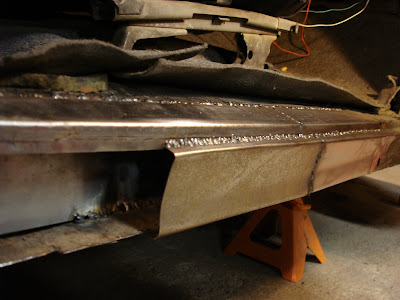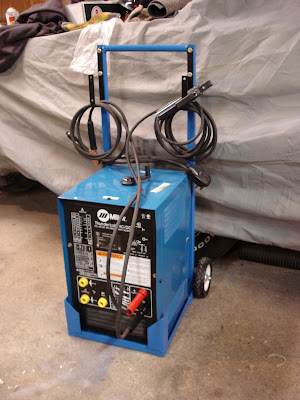It's been over a year with no post. Wow! Life has run away with me. I guess I've lost subscribers by the boat load as well.
Well, lots has happened. Firstly, the Lotus is sold. To a Frenchman living near Cambridge, a lovely guy who is perfect for that sort of vehicle - loves to do his own servicing, etc. He has just relocated from the south of France to Cambridgeshire for work.
Secondly (and here's the big one) I finally did it! I used the money to relocate, ironically given who bought the Lotus, to the south of France. So here I am, on the outskirts of Uzes, on the border between Provence and Languedoc-Roussillon, writing my first blog post in flippin' ages!
And what of the Fiat?
It had another marathon haul across Europe. The result of which was a knackered wheel bearing, but never mind. It was an epic performance from the little car and it got me there without issue. I went from Dover, England to Uzes, France in 15 hours. That's not bad in a modern car, never mind in a 1971 Fiat with 15bhp (if you're lucky). My tactic was to slipstream trucks the entire way and it worked well. 0600 start in Dover and rolled up the drive in Uzes at 2300.
And I sang loudly most of the way to alleviate the boredom. Stereo? What stereo?
Of course, we now have the hassle of getting the Fiat on to French plates (just declared it as exported to the UK authorities yesterday) so the little car from Milan will, having spent the first 30 years of its life pottering about Italian city streets, have been driven from Italy to London, all over the UK and now back down to the Mediterranean once more.
One of the things the French want, before you can register *any* car in France, is proof of EU type approval. This is ludicrous for cars that were bought in and have never left the EU - what's the point in a common market then? - but there's no telling the French authorities that. Fortunately, wife being Italian and all, we were able to procure a faxed copy of an original Fiat 500 F type approval document from the 1960s, courtesy of one of the Italian Fiat clubs. We read some people have spent hundreds of Euro buying such a document, so count ourselves rather fortunate.
Now all we need to do now (besides a lot of form filling and queueing) is organise a CT (or Controle Technique - the French equivalent of the MoT, the British safety check). After that we'll be all set to get some French plates on this baby, and add the British ones to the mantelpiece, beside the Italian ones that came off it in England.
After we buy a new battery that is. The old one packed up the other day, stranding my wife in town. Fortunately, we are now seasoned classic car owners with tow ropes, jump leads, tools handy and a large-engined Volvo estate for towing things home!














































